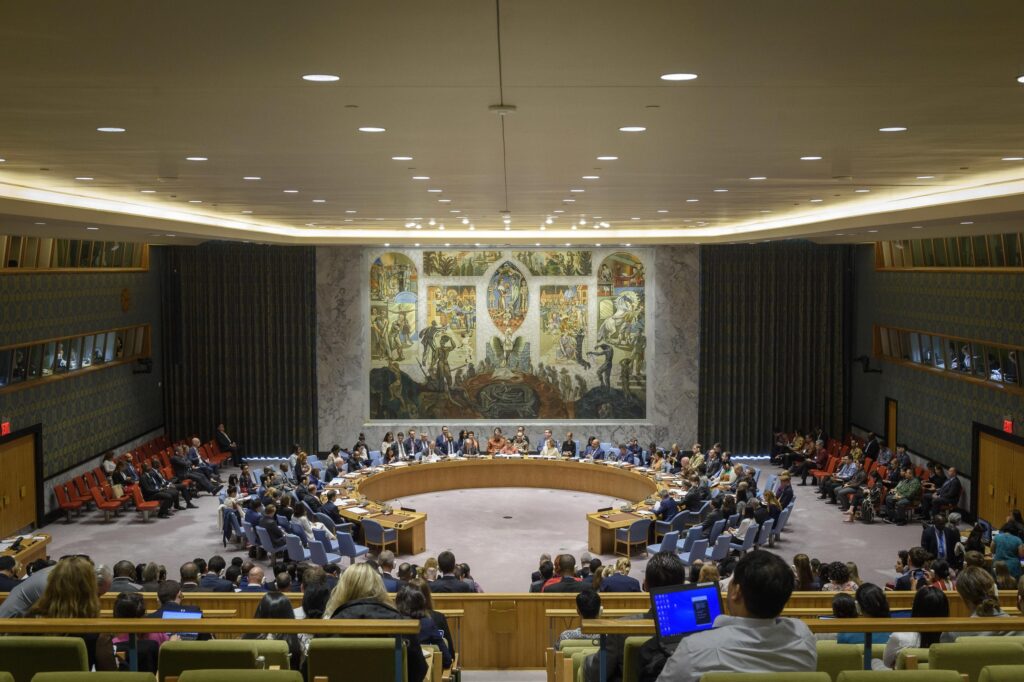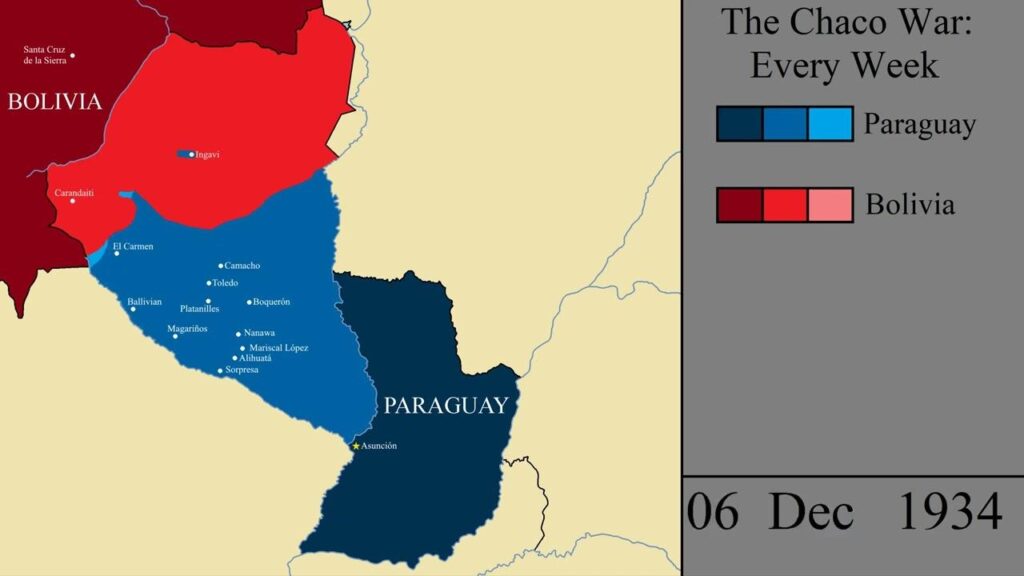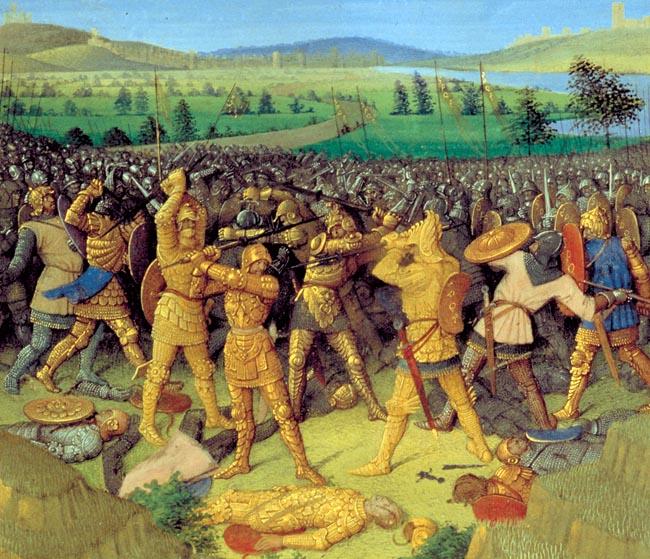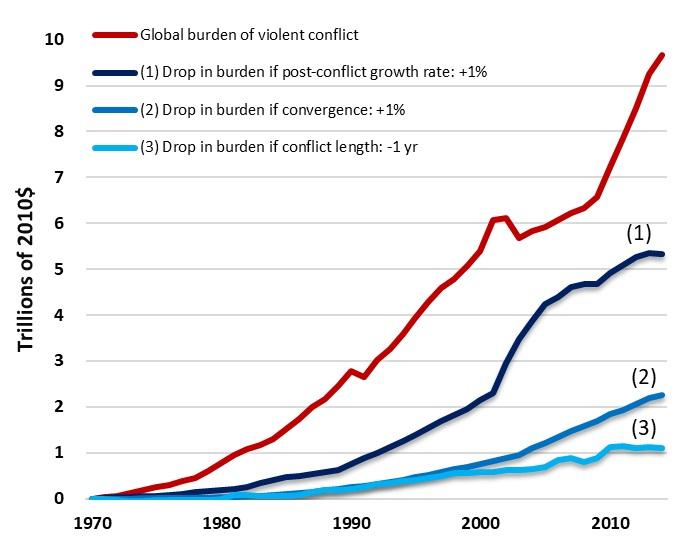When it comes to telling stories about war, words alone sometimes fall short in capturing the full emotional weight and complexity of the experience. That’s where graphic novels step in, blending vivid illustrations with compelling narratives to bring these stories to life in a way that’s both powerful and accessible. Whether it’s the raw intensity of battle or the quiet moments of reflection, graphic novels have a unique ability to immerse readers in the realities of war, making history feel immediate and personal. In this blog post, we’ll explore how graphic novels are reshaping the way we understand and connect with war stories—one panel at a time.
Table of Contents
- The Power of Visual Storytelling in Capturing War’s Realities
- Creating Emotional Connections Through Character Design and Dialogue
- Blending Historical Accuracy with Creative Interpretation for Impact
- Tips for Choosing and Reading Graphic Novels That Bring War Stories Alive
- Insights and Conclusions
The Power of Visual Storytelling in Capturing War’s Realities
Graphic novels harness the unique synergy of words and images, creating an immersive experience that transcends traditional storytelling. Through carefully crafted visuals, they convey the chaos, fear, and resilience of war in a way that words alone often struggle to achieve. A single, vivid panel can encapsulate the raw emotion of a battlefield or the quiet moments of hope amidst destruction, making readers not just observers but emotionally invested participants. This visual narrative power is particularly effective in portraying the complex realities of war — from the split-second decisions soldiers face to the devastating impact on civilians — all with a nuance that invites empathy and deeper reflection.
Beyond just emotion, graphic novels excel at layering multiple perspectives through:
- Symbolism — where visual metaphors amplify the story’s themes
- Color palettes — that shift to reflect changing moods and atmospheres
- Sequential art — allowing readers to experience the passage of time and the buildup of tension
These techniques transform static images into a dynamic narrative force, capturing the complexity of war’s realities. Ultimately, graphic novels don’t just recount history—they make it palpably real, bridging the gap between distant events and the human experience.
Creating Emotional Connections Through Character Design and Dialogue
At the heart of every compelling graphic novel lies the power to evoke genuine emotions through its characters. Designers and writers craft these figures not just as visual entities, but as vessels of empathy and relatability. By focusing on subtle expressions, body language, and distinctive costume details, artists can communicate a character’s fears, hopes, and resilience without a single word being spoken. This visual storytelling invites readers to connect deeply, turning the pages into an intimate journey rather than a distant historical account.
Dialogue further enriches these connections, blending authenticity with emotional nuance. Instead of relying on heavy exposition, skilled creators opt for conversations that reveal personality, conflict, and growth naturally. This includes:
- Short, impactful exchanges that capture tension or camaraderie
- Internal monologues giving insight into personal struggles
- Colloquial speech reflecting diverse backgrounds and experiences
When combined, character design and dialogue breathe life into war stories, transforming them into vivid narratives where readers don’t just witness events—they feel every heartbeat, every silent sacrifice.
Blending Historical Accuracy with Creative Interpretation for Impact
Graphic novels have a unique way of capturing the essence of war by weaving together factual details with imaginative storytelling. This approach allows authors and artists to reconstruct historical events in a way that feels both authentic and emotionally resonant. Through meticulous research, creators ensure accuracy in uniforms, weaponry, and major battle strategies, grounding the narrative in real events. Yet, they also inject personal perspectives and symbolic imagery that deepen readers’ connection to the human experiences behind the facts.
By balancing truth and creativity, graphic novels offer readers multiple layers of engagement:
- Visual storytelling: These novels use vivid illustrations to convey the chaos, tension, and atmosphere of war, making history accessible and visceral.
- Character-driven narratives: Creative interpretation breathes life into lesser-known voices, highlighting emotional struggles often absent from traditional textbooks.
- Emotional nuance: Artistic choices in color, shading, and panel layout subtly emphasize themes like hope, despair, and resilience.
This fusion not only educates but moves readers, transforming dry facts into compelling stories that linger long after the last page is turned.
Tips for Choosing and Reading Graphic Novels That Bring War Stories Alive
When selecting graphic novels that capture the intensity and emotion of war, look for works that balance historical accuracy with compelling storytelling. Pay attention to the author’s background and research depth—graphic novels created by veterans, historians, or those who have deeply engaged with the subject tend to offer richer perspectives. Additionally, explore titles that use diverse artistic styles; from stark black-and-white sketches to vibrant, cinematic illustrations, the art can profoundly influence how the story resonates with you.
As you read, immerse yourself in the visual cues alongside the text to grasp the full weight of the narrative. Notice the use of color to highlight mood shifts or the subtle facial expressions that convey untold emotions. Here are a few tips to enhance your reading experience:
- Pause to Reflect: Take moments between panels to absorb the gravity of the scenes.
- Research Context: Supplement your reading with background on the war, peoples, or events depicted.
- Follow the Artistry: Let the style guide your emotional response—it’s as much part of the narrative as words.
- Engage in Discussions: Join forums or book clubs to hear diverse interpretations and personal connections.
Insights and Conclusions
Whether you’re a longtime fan of graphic novels or just dipping your toes into the medium, there’s no denying the powerful way these visual stories bring war to life. By blending art and narrative, graphic novels offer a unique, immersive glimpse into the human side of conflict—one that words alone sometimes can’t capture. So next time you want to explore history or understand the complexity of war, consider picking up a graphic novel. It might just change the way you see the stories behind the battles. Happy reading!












